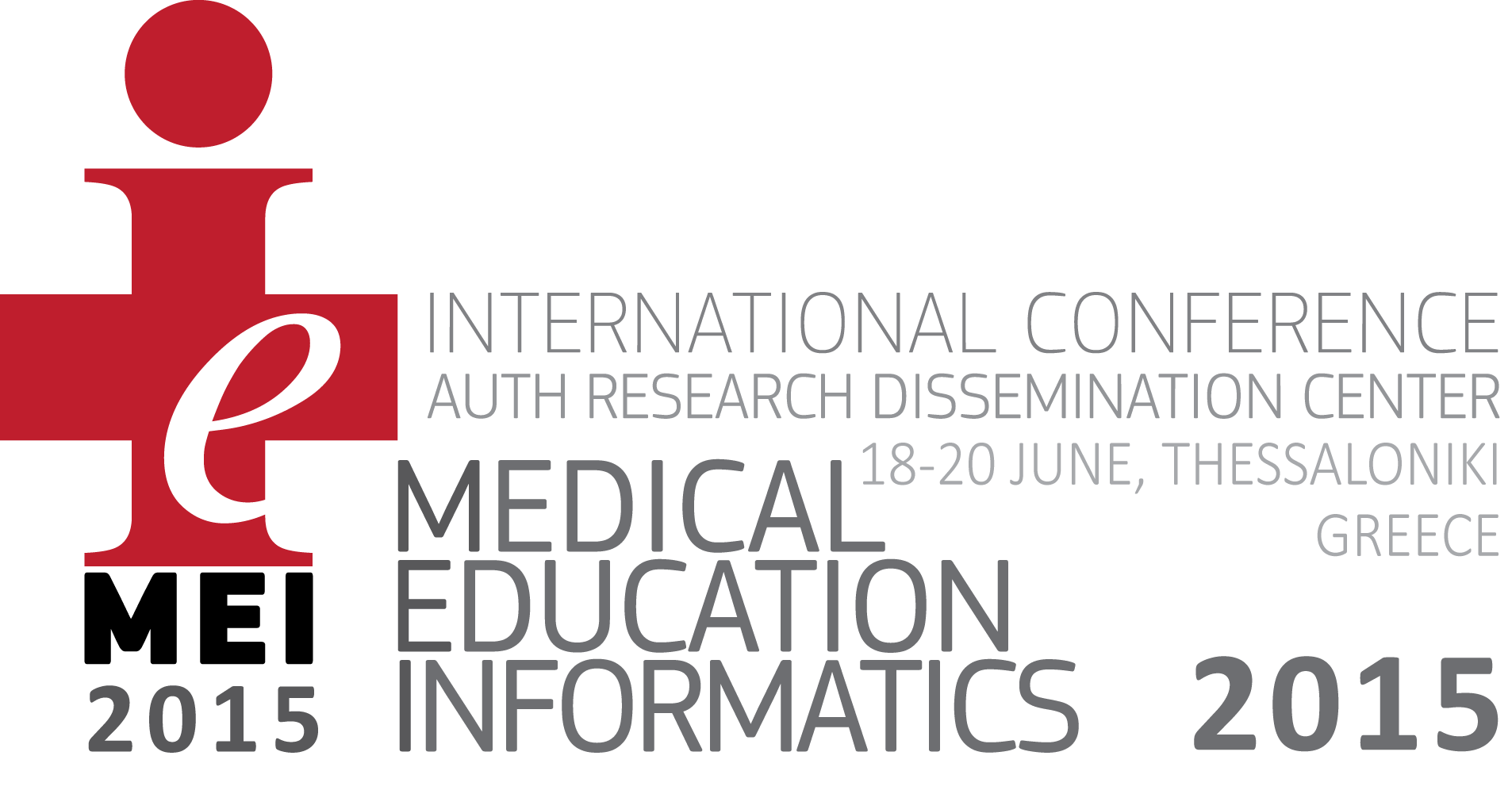About Thessaloniki
Thessaloniki is the co-capital and the second largest Greek city, has always been and still is a convergence point of many nationalities and cultures. Thessaloniki was founded in the early years of the Hellenistic period, during Alexander the Great’s ecumenical empire. It was also dominated by the Romans and later experienced the glories of the Byzantine era as the “co-reigning city” before succumbing to the ottoman onslaught. By nature and location, a commercial, transport and cultural crossway, Thessaloniki has always been multinational and this is obvious to visitors. The entire city incorporates many monuments of varying architectural styles and quarters representing the entire gamut of history, and offers "multinational" flavors. Today, it is host to many university students, large commercial and industry-specific exhibitions, excellent and affordable shopping, many dining and entertainment spots, the International Exhibition Centre, the International Film Festival, the International Book Exhibition, the Documentary Festival and many more major cultural events. However, Thessaloniki is dear to all Greeks, and always associated with the White Tower, the Kamara and the Castles, St. Dimitrios’ church, the Rotunda, the Thermaic, the Panorama, Hortiatis mountain, the Seih Sou forest and many other well-known monuments and beautiful areas.






